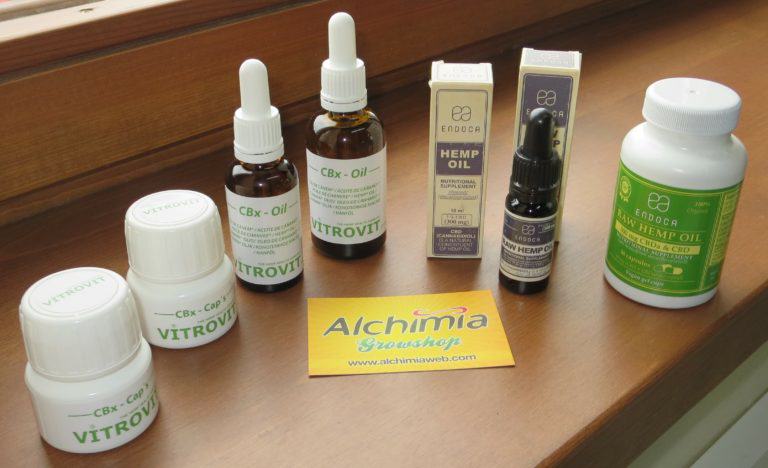Rick Simpson's cannabis oil
List of contents
The Rick Simpson story:
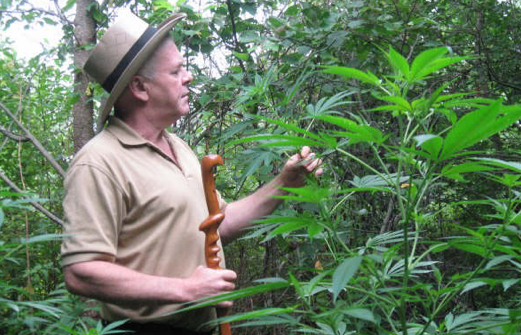
Describing himself as an "ordinary man", Rick Simpson was born in 1949 in Canada, where he worked in the medical field. In 1997, he began to suffer an important brain injury besides postconcussion syndrome, which caused him intense and permanent ringing in the ears, comparable to the noise of a lawn mower, 24/7.
For some time, he took all the medicines prescribed by his doctors, without success. On the contrary, he felt like those medicines were actually worsening his situation. In 1999, after watching a T.V. programme about medical marijuana , Rick called a friend and asked him for a joint. Surprisingly, he felt much more relieved than when he took the prescribed medicines for his pathology, so he asked his doctor for a marijuana prescription. Unfortunately, he flatly refused.
During the subsequent years, the symptoms of his disease worsened, impeding Rick to have a normal life. After contemplating suicide, he decided to search for himself an alternative to improve his health. He reminded how smoking marijuana relieved him, and began to wonder which would be the effects of a cannabinoid concentrate in oil form. He began to grow marijuana plants to make an extraction from the female flowers, that he started to consume in small doses every day. According to Rick, the symptoms of his injury quickly relieved, his sleep improved and both pains and blood pressure lowered. Rick lost a lot of weight and even looked fit and healthy. He could finally live a normal life again!!.

In 2003, Rick Simpson underwent surgery because of skin cancer in his face that he suffered for several years. But a few weeks after surgery, the cancer returned. Rick then tried his marijuana oil applied directly on the skin. According to Rick Simpson, a few days later the cancer had completely disappeared. Excited by this new, Rick told his doctor about it, but he just refused to hear Rick's story.

Soon after, Rick visited his mother -who suffered from psoriasis for many years - and applied his cannabis oil on the infected skin area. After a few weeks, the sores had disappeared and her skin was healed. Rick Simpson decided then that he was going to freely share his marijuana oil with all those patients who asked for it!!
During the first year, Rick treated 50-60 people with diverse skin problems. The following year, he treated a man with a severe and inoperable melanoma (skin cancer) with his oil. This man was healed only three weeks after the beginning of Rick's treatment. This person also mentioned that he suffered from glaucoma, and Rick recommended him to consume cannabis oil by mouth. The eye pressure of this patient soon decreased.
Rick successfully used his marijuana oil in cancer patients, as well as diabetics. He maintained the treatment until the patients were completely healed, and soon realized that a dose of 60g of oil was needed to heal the most severe diseases.
Since 2003, Rick Simpson freely proposed his cannabis oil to more than 5000 patients which suffered from diverse diseases such as cancer, diabetes, melanoma, leukaemia, chronic pain, warts, viral and bacterial infections...with convincing results. Rick stated that 70% of the patients that followed his treatment were healed from cancer, by consuming 60g of high-quality cannabis oil. Rick also states that in those cases in which it is too late to heal the disease, his oil - at least - improves the life quality of the patient, so he/she can die with dignity.

Unfortunately, Rick Simpson attracted the wrath of Police and Justice in Canada, where he was first questioned and then imprisoned. The last episode was in 2009, just a day after being awarded "Freedom fighter of the year" by High Times magazine. He was treated like a criminal and was judged as a common dealer, while he always proposed his oil freely and only for therapeutic purposes. He decided then to leave Canada and seek political asylum in Europe, where he still works on his famous cannabis oil.

Nowadays, it is not hard to find in the media testimonies from patients who use Rick Simpson's cannabis oil. As a recent example, we can mention Kristina Marie, a 24 years old young woman who was diagnosed with a brain tumour which was, according to her doctors, impossible to treat. The vital prognosis was seriously jeopardized. Kristina decided to follow Rick's treatment with his cannabis oil rather than chemotherapy, and since then her tumour progressively decreased in size. Rick Simpson's oil has also been used in children, as for example in the case of Mykayla Comstock, a young 7 years old girl from Oregon who suffers from leukaemia. We also heard about some cases in which it was used in babies; recently, doctor William Courtney - who figures in our Medical Marijuana news - could efficiently eliminate a critical brain tumour in an 8 months old infant, treating him with marijuana oil.
Use and dosage of Rick Simpson's cannabis oil:
We need approximately 500g of first-class cannabis buds, completely dried, to produce around 60g of Rick Simpson's cannabis oil - RSO - which can be used for a 90-day standard treatment. This amount can be increased up to 120-180g in the most delicate cases. This oil can be vaporized, smoked, ingested, used as a suppository or applied on the skin (in pure form or mixed with cosmetic products ).

Rick advises using marijuana strains with the highest possible THC level. Sativa varieties will work better for those suffering from depression, while Indica strains are recommended for any other kind of ailment due to their relaxing effect.

Regarding the dosage, Rick Simpson recommends starting with three intakes per day, approximately the size of a rice grain. Later on, this dosage will be doubled every four days, until reaching 1gr per day after approximately 5 weeks, that will be the average daily dose during the length of the treatment.
An excessive dosage is not harmful, the main side effect is an intense sleepy feeling. RSO often causes this feeling, so patients use to rest for about an hour after every intake. It is useless trying to fight against this feeling since resting effectively helps to cure diseases. Frequently, and after a month of RSO use, the fatigue related to this treatment disappears, while the patient will have his/her sleep quality improved.
Once the treatment is ended, Rick recommends to continue using marijuana oil to prevent a relapse of the treated disease, but with much lower doses - for example, 1gr per month.
Keep in mind that Rick Simpson's Oil reduces blood pressure, therefore it should not be used in combination with antihypertensive medication.
Treatment of skin cancer with Rick Simpson's Oil:
According to Rick Simpson, marijuana oil is useful to cure skin cancer, and only a few grams are needed to fulfil this goal.
Use approximately 30g of high-quality cannabis buds from an Indica strain; this amount of weed should produce up to 3-4gr of oil. Rick Simpson recommends to apply this oil directly on the skin cancer and wrap it with sanitary adhesive tape. Reapply the oil and renew the adhesive tape every 3-4 days.
Once the skin is healed, Rick recommends continuing the treatment for around 2 weeks to completely eliminate any mark of the cancer.
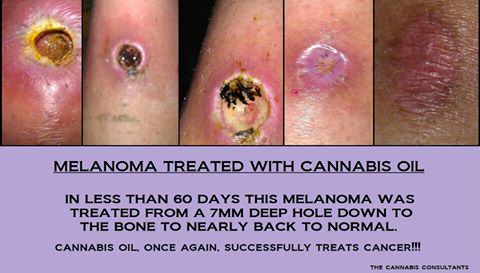
Rick Simpson's marijuana oil recipe:
From the original method described by Rick Simpson.
Alchimia is not responsible for the manufacture and use of this oil
I usually work with at least 500g of buds of the highest possible quality, preferably from a mostly Indica cannabis strain. 30g of quality buds will produce up to 3-4gr of quality oil, although the exact return may vary from one cannabis variety to another. That is to say, we can not know the exact amount of oil before processing the green vegetable matter. The average return for 500g of quality buds is around 60g of oil, sometimes even more. Many people claim that this should be amber and translucent and, in most cases, the oil that I make looks exactly like this. However, both colour and texture mainly depend on the processed strain and the solvent used to extract the oil. Thus, don't worry if your oil is sometimes darker, it does not affect its medicinal properties.

My process entails processing the vegetable matter twice with an efficient solvent such as pure naphtha, to extract all the available resin from the plant. Naphtha has proved to be a very efficient solvent to produce oil, and can be found sometimes as petroleum ether or light petroleum. The only solvents that I've tested are ether, alcohol and naphtha. Ether is my favourite, it is so efficient, but also very expensive and hard to find. I also think that ether suits best for closed distillation equipment since it is very volatile and its vapours make it a dangerous substance to manipulate.
Alcohol is not as efficient as ether or naphtha because it is less selective, but it still works pretty well. It will dissolve more chlorophyll from the buds, which will result in a darker oil. For the best efficiency, a solvent must be 100% pure, and 100% pure alcohol is also expensive and hard to find. On the other hand, naphtha is relatively cheap and not very hard to find. Lots of paint shops offer naphtha for diluting paints, so it is a solvent truly easy to find and for this reason my personal favourite.
All these solvents - including alcohol - are toxic, although if you follow these instructions the solvent wastes present in your oil will not be a problem at all. Once extracted, the oil is left at room temperature to create a sort of grease. The final oil is, actually, highly non-toxic. Even if a small amount of solvent waste is present in the oil, this itself will neutralize any toxicity.

I don't recommend using butane gas as a solvent to produce this medicine since it is extremely volatile and demands advanced equipment to neutralize any possible risk. Moreover, using butane gas will not produce the decarboxylation of the product, which makes it a less efficient oil for medicinal purposes, unless it is vaporized.
From the beginning, the green vegetable matter must be completely dry. Place it into a deep container so the mix of solvent and oil will not overflow during the cleaning process. Once the container is full of buds, fill it up with solvent. Always ensure a well-ventilated, spark-free area, without any flame or hot element near (Do not smoke!!) Use a piece/stick of wood to crush the green matter, and add more solvent until the buds are completely soaked in it. Stir the mix with the wooden stick during approximately 3 minutes. Gently pour the mixture of solvent and oil into a clean container, leaving all the green matter in the first one so that it can be processed again.
Add more solvent to the green matter until it is soaked and stir it up again for 3 more minutes. Slowly pour this mixture into the second container, where we have the first mixture. A third clean up produces little oil and has little medicinal value. Indeed, the first clean up extracts 70-80% of the resin from the buds, and the second one almost all the rest.
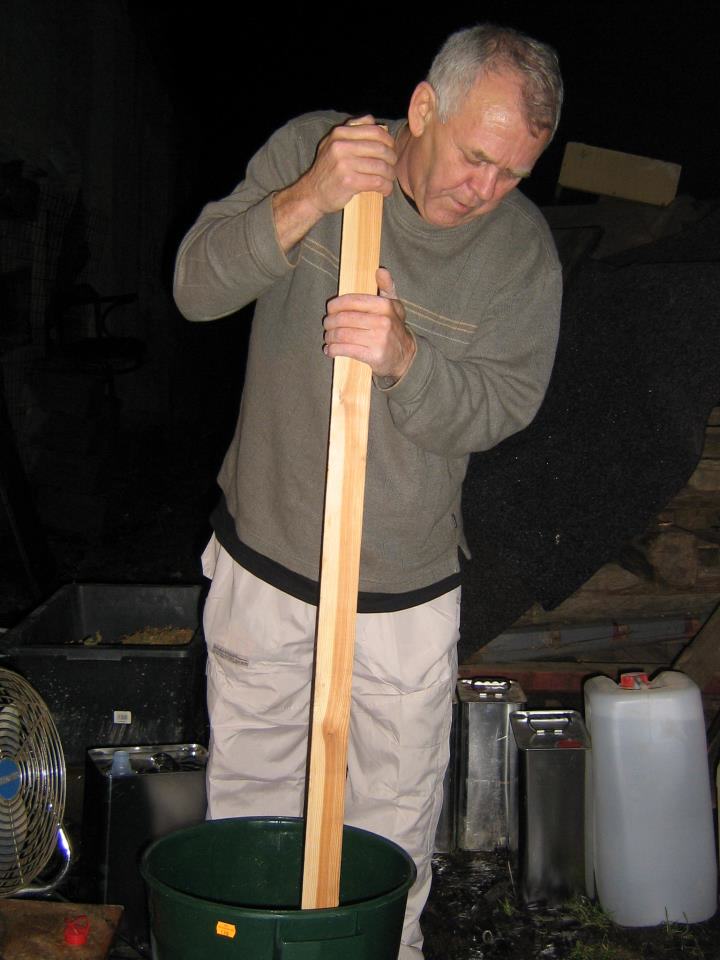
Use a big container - clean and empty - with a small hole on its upper lid and place a funnel in the hole, as well as several coffee filters inside the funnel. Pour the mixture of solvent and oil from the first and second clean-ups through the coffee filters to remove undesired plant debris. Once the mixture has been filtered, it is ready for the evaporation stage.
To separate the solvent from the oil, use a rice cooker/steamer with 2 temperature levels and a hole in the upper part. Make sure that the rice cooker is placed in a well-ventilated area; place a fan close to it to dissipate the vapours produced when the solvent is heated. Rice cookers are designed for not overcooking the rice, with inner temperature sensors that will gradually decrease the temperature as the internal heat increases. If the temperature gets too high when producing oil, some cannabinoids contained in the resin will be vaporized, something that you don't want to happen. For this reason, I strongly recommend to all beginners using rice cookers, since it eliminates the risk of issues like this. Of course, the rice cooker used must work properly.
Make sure that there are no sparks, flames or heating elements near the working area where you place the rice cooker since vapours produced by the solvent are highly flammable. I've been using the same technique thousands of times, and never had any problems, but for your own safety, I recommend following these instructions very carefully and avoid breathing the vapours produced by the solvent. Fill up the rice cooker at about 75% so the mixture boils without overflowing. Turn on the rice cooker at high-temperature level so the solvent starts evaporating. As soon as the level of the rice cooker decreases, gradually fill it up again with more mixture of solvent and oil until all is processed.

When the level of the rice cooker decreases to a thickness of about 5cm, add a few drops of water to the mixture. Usually, 10-12 drops for every 500gr of buds will be enough at this stage of the extraction.
Such a small amount of water will allow better evaporation of the remaining solvent, for the evaporation temperature of the water is higher than that of the solvent. When the level has decreased enough, I wear protective gloves to lift it and shake it a little bit - to mix its contents - until the cooker automatically reduces the temperature level.
When all the solvent has been evaporated, you will hear a crack produced by the oil in the cooker. You will also notice that small bubbles are formed in the oil. Do not worry if you see a little smoke or vapour appearing from the oil, for this vapour is mainly produced by the water drops that we added before. Once the rice cooker automatically lowers its temperature to the minimum, gently pour its content into a stainless steel container. A small amount of oil, very difficult to recover, will remain inside the cooker; you can take a piece of hard bread to absorb the remaining oil, but take caution with the dosage and remember that, when ingested, this oil can take 1-2 hours to produce effects, which can be strongly narcotic.
Take the oil that you poured into the stainless steel container and place it on a heater element, e.g. electric coffee maker, to evaporate all the remaining water in the oil. Generally, this process won't take long. Terpenes can also produce small bubbles in the oil when heated, so it is advisable to leave the oil on the heater element until it shows no activity. When no more bubbles are produced and there's no visible activity, remove it and allow it to cool for a few minutes. Use a syringe - without the needle - to pump the oil (the cooler it is, the more difficult to pump it). The oil will quickly become a dense grease as it cools down, sometimes it gets so dense that it is difficult to remove it from the syringe. If this happens, simply put your syringe under hot water and the oil will become more liquid. If a patient removes too much oil from the syringe, he/she can easily pump it again with it.
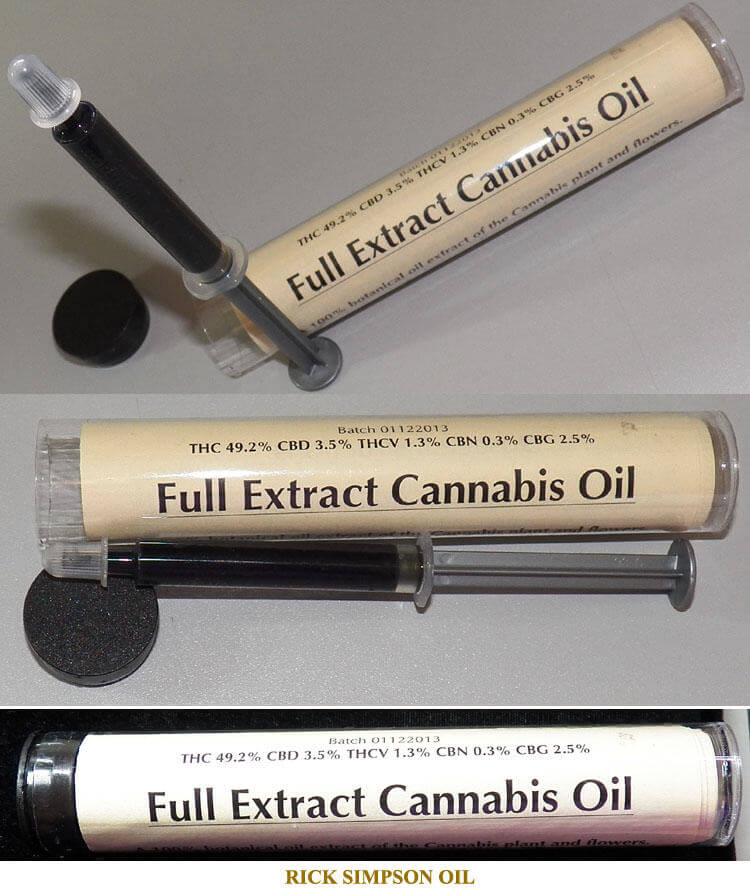
If I have 500g of green vegetable matter, I need about 10L of solvent for the two needed clean-ups. If you want to process a different amount of weed, you only have to calculate the needed amount of solvent. The whole process usually takes around 4 hours, from the beginning of the process until I have my medicine ready to be used. It is also noticeable that this oil's lifespan is extremely long when stored in a fresh and dark place. I believe that these instructions make the task of producing oil much easier to everyone, but always verify that you have all the needed stuff to do it properly.
At first glance, it may seem a little difficult to manufacture our own medicine, but this is truly a very easy and simple process. Once you have prepared a couple of times your own medicine, you will soon realize that it is no more difficult than preparing a cup of coffee.
Which solvent should I use to make medical-grade marijuana oil?
Apart from Rick Simpson's original recipe with naphtha, different methods to make resin extractions have been tested using different solvents, such as alcohol or olive oil. A recent scientific study, performed during 2013 by the Institute of Biology of the Leiden University (Netherlands), compares the quality of these extractions.
We should remember that cannabinoids found in marijuana plants are not (almost) in active form. In effect, a decarboxylation is needed to transform the inactive acid forms of cannabinoids into the active form sought by users. This decarboxylation is performed by heat, so it is often done during the consumption (smoking, vaporizing...) or the preparation process of the extraction (cooking marijuana butter, ...). Inactive THCA transforms into active THC, inactive CBDA into active CBD and so on. If you make a cannabinoid extraction but don't decarboxylate it, the therapeutical properties of this extraction will be less efficient.

To perform this decarboxylation of cannabinoids we need to heat them at 106ºC for 30 minutes approximately. The main problem here is that we lose many marijuana terpenes when heating them, and these aromatic molecules have also interesting therapeutic properties! A heated cannabis oil contains almost no terpenes, while a non-heated oil contains almost no active cannabinoids. This is, unfortunately, a common issue, no matter which solvent we are using. In the case of RSO, active cannabinoids are more important than terpenes, that is why it must be heated in order to perform the decarboxylation of THC and other cannabinoids.
Let's speak a little bit more about Rick's favourite solvent, naphtha. Besides it is a dangerous substance to work with, several products - of varying quality - with this name can found on the market. Naphtha is a translucent liquid resulting from the distillation of petroleum, that may contain some additives to enhance its stability or conservation. Unfortunately, Rick Simpson specifies neither the quantity nor the naphtha source to extract his cannabis oil.
But the main disadvantage of naphtha is that it leaves solvent wastes in the oil that will hardly evaporate. Analysis confirms that cannabinoid extractions made with naphtha have the same level of solvent wastes than terpenes! The more concentrated is an extraction, the more difficult to remove solvent wastes. As we mentioned before, Rick Simpson claims that these wastes are not a problem, for the oil itself will neutralize any toxic effect from them. In other words, the healing properties of his oil should be potent enough to compensate any negative effect from solvent wastes (There are no studies that can confirm this statement, so Alchimiaweb is not responsible of it).
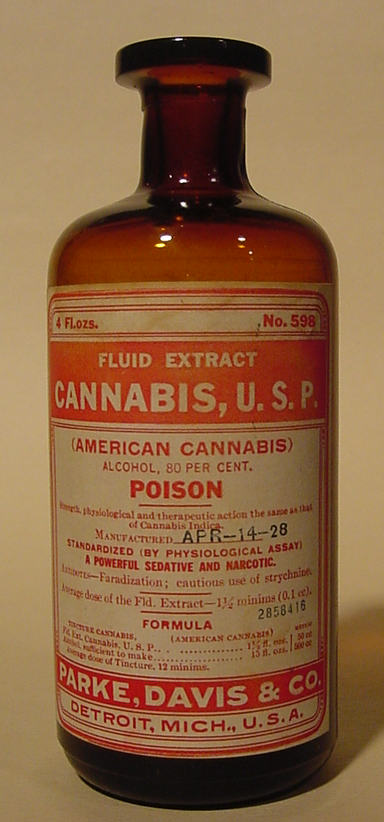
Alcohol extractions (ethanol) are probably the most ancient technique. It was available in pharmacies until 1950 under the name of Cannabis Tincture. However, finding 100% pure ethanol is very difficult, and we can not use common alcohol (available in any pharmacy) since it contains a denaturant, not a consumable agent. Ethanol has relatively low toxicity and great cannabinoid and terpene extraction capacity, but it also extracts chlorophyll from the plant, which gives the unpleasant green colour of the final extraction. Eventually, it is possible to filter this alcoholic extraction with active carbon to eliminate the chlorophyll, but this process also eliminates most cannabinoids (50%). For these reasons, alcohol is not the ideal solvent to make our resin extractions.
Olive oil is a good solvent to make medicinal-grade cannabis oil: 100% free from toxicity, is very efficient for extracting both cannabinoids and terpenes. As olive oil is not a volatile substance, it avoids terpene evaporation much more efficiently than other solvents such as naphtha or ethanol.
To make an extraction with olive oil we only need to heat it in a boiling water bath (<100ºC). Use 100ml of olive oil for each 10gr of marijuana buds, and heat it for about 90 minutes. Then, remove the mixture and warm it at slow temperature - 120ºC approx. - during 30 minutes to perform the decarboxylation of cannabinoids. Allow to cool and filter the mixture. These kind of extractions are safe and easy!!
As we have seen, olive oil has numerous advantages compared to other solvents. It has only one disadvantage: as it does not evaporate, it will be impossible to concentrate the extraction, so we will have to use larger amounts to achieve the same results. On the other hand, it can be easily used in everyday cooking!!

We will tell you soon how to make resin extractions with butane gas as a solvent (BHO). It is also possible to make cannabis extractions with CO2, as well as supercritical CO2, but these techniques require advanced equipment.
In the next posts, we will also tell you how to make an extraction using vegetable glycerin as a solvent, a technique used by breeder TGA Subcool to obtain his medicinal marijuana.
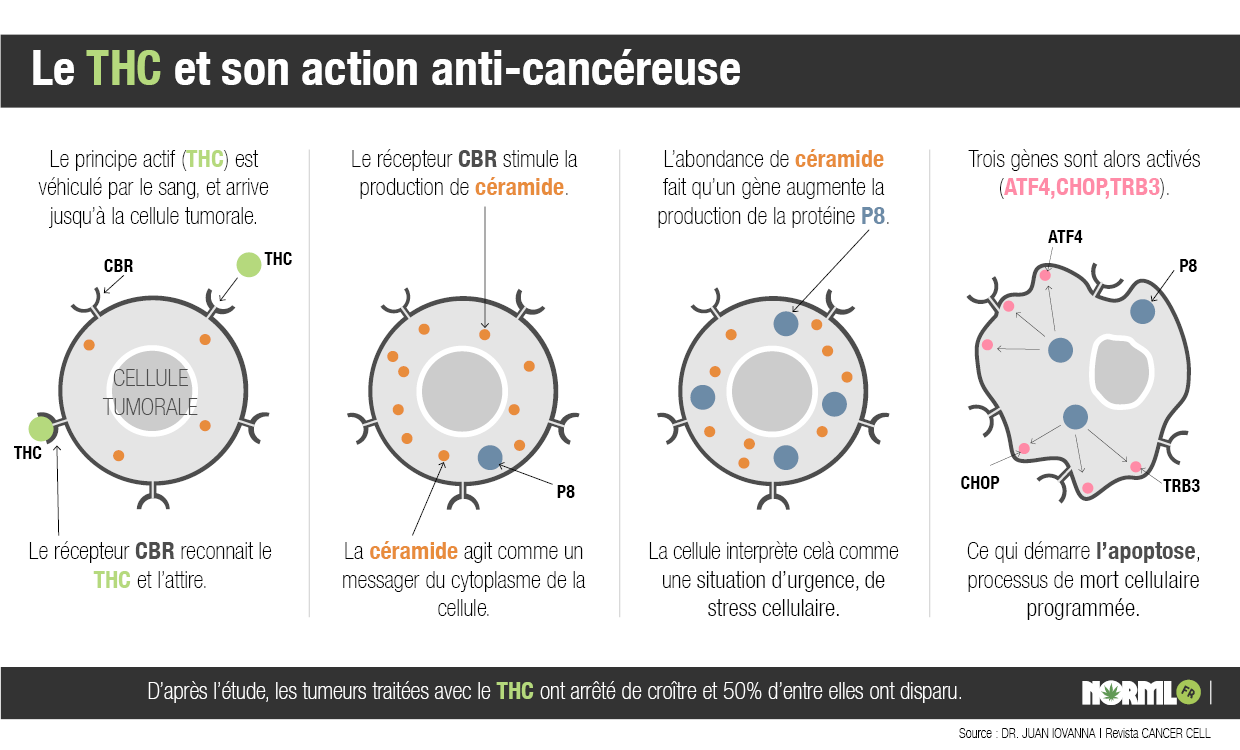
To conclude, here you have the famous movie made by Rick Simpson, Run from the cure (2008) - subtitled in Spanish - with testimonies from several patients and a demonstration of Rick making his oil.
https://youtu.be/V1UqdL7sgBM
Sources used to write this article:































































